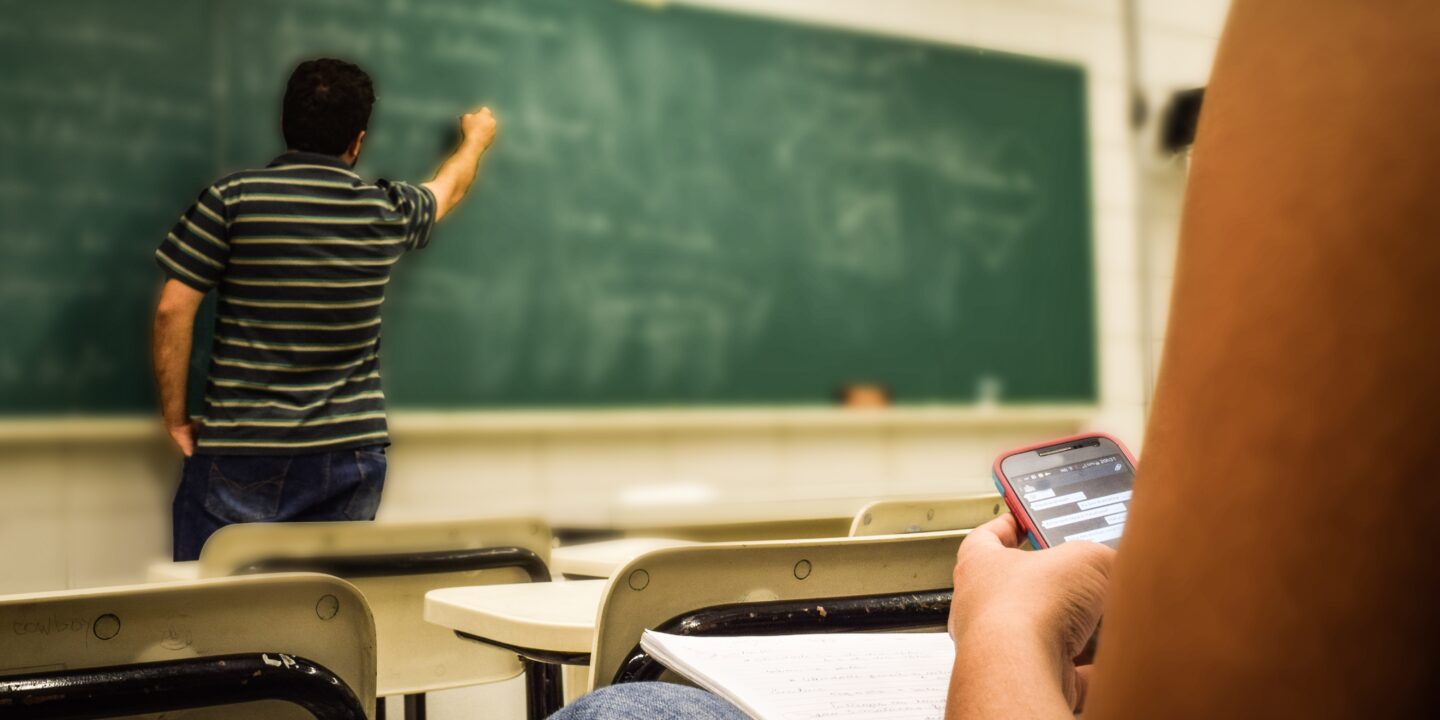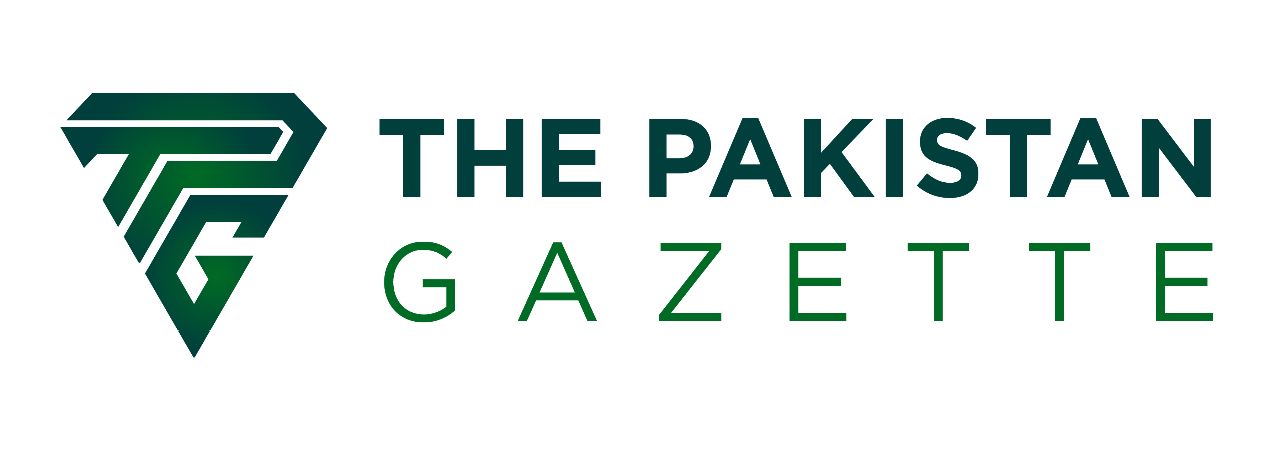
Education System of Pakistan: Challenges and Way Forward
Introduction
Education takes place in diverse avenues and is intended to develop knowledge, understanding, values and behaviour. Education plays a crucial role in social and economic development. It awakes personal consciousness and enables individuals to achieve their individual and national rights. According to Social Policy and Development Centre Report, an extra year of education raises wages and employment chances by 10%; the districts where education is more have more employment and wages ratio. Pakistan’s literacy ratio is improved with time albeit, at a slow pace; the purposes of education are still at large. As per Human Development Index Pakistan ranks 161 in 192 countries; the ranking shows that the education system is failed to achieve the basic purpose which is human development. According to PIDE in 1951 literacy ratio was 18% which is now 62% but still, the country is in a deep grip of political turmoil, financial distress, unemployment, bad governance and sectarian violence. All these social, economic and political issues are direct or indirect offshoots of the weak and non-unified education system.

Challenges to the Education System of Pakistan
There are various challenges to Pakistan’s education system in which the most important are OOSC, non-unified education and quality of education.
Out of School Children (OOSC)
OOSC is the term abbreviated as Out of School Children is used for the children who are eligible to get enrolled in school but they are not. This is a very serious challenge and is one of the main factors of high illiteracy. Pakistan is in the E9 countries which have the world’s highest number of OOSC. According to UNDP Pakistan has the second-largest number of OOSCs in the region the number is 22.8 million of age 5-16 which makes 44% population of this age group. The number increased at the lower secondary level. As per an estimate, the 19 million students enrolled in primary decreased to 8 million at the lower secondary level. The dropout rate of Pakistan is the third largest in the region after Bangladesh and Nepal. The dropout rate is reported 22.7%. The distance from the school is the main cause of OOSC.
Non-unified Education System
Pakistan has a non-unified education system i.e. madrassa education system and public and private education systems. These education systems have different standards, different curricula and also vary in quality. In madrassa, importance is given to religious education which is run by a separate body Wafaq-ul-Madaris. Public and private schools focus on various subjects like sciences, languages and arithmetic. The public and private though discuss the same subject but have several differences in terms of standards. As per Economic Survey 2014, due to differences in education, all the students do not perform the same. Most students perform low than the required standards in arithmetic, language and reading. The disparities also prevail based on gender, geography and economic status. Balochistan has the most crippled education in which 78% affected are girls. In Sindh, 52% of the poorest are out of school in which 54% are girls.
Quality of Education
Quality of education carries great importance unfortunately the quality of education in Pakistan is contrary to today’s standards and is not able to achieve the due objectives. According to the report, 35% of students who reached grade 3 are not able to do single-digit subtraction. The focus is drawn to prepare the students for exams which is achieved to write everything for students in the class, making notice for students followed by surprise tests. Students are forced to learn things by heart. The objective may be achieved of securing good marks but the core objective of education which is human development and to equip the student with relevant skills lags behind. For instance, we teach students in Computer Science class: what is a computer? What are input and output devices and then expect students to write in exams what was being taught? The practical teaching of Computer Science is negligible. The weak quality of education, later on, translates into a lack of competitiveness in various fields. As per the Global Competitiveness Report, Pakistan ranks 125 out of 140 countries.
Reasons of Weak Education System of Pakistan
Lack of Capital
There are various reasons which debilitated our education system and contribute to existing challenges. Lack of capital is one of them, this is the rule of thumb that the more you spent the better the thing will be. In Pakistan, only 2% of the GDP is spent on education which is below most of the South Asian countries in the region of the same per capita income. Every then and now the financial distress of teachers increased. Some are seen on roads protesting for allowances and pay increases which have made the profession unappealing. The funds which are allocated are not meticulously monitored and result in negligible progress. It is suggested by various organizations that if the country wants to compete the world and wants to achieve the SDG of zero illiteracy at the primary level, at least 4% of GDP should be spent on education.
The curriculum is structured without consensus
Curriculum carries great importance, it refers to the contents taught in schools. In Pakistan the quality of the curriculum is not up to the mark it is due to a lack of consensus between teachers and those who make the curriculum. In the process, students and teachers are ignored. One is the implementer of the curriculum while the other is one on whom it is implemented. For instance books for primary students are written by teachers who have not taken a class in their whole career with lower classes which result in hurdle for teachers to teach and for students to learn. Technical group meeting of ministry of education conceded the fact that without the involvement of relevant teachers, it is hard to bridge the gap. So, teachers should be involved in making of curriculum and writing textbooks.
Lack of Supervision and Evaluation
Without supervision and evaluation, it is hard to achieve the desired progress. The basic purpose of evaluation and supervision is to check whether organization is running as per expectations or not. According to Joey Black Burn, Assistant Professor of Education at Louisiana State University, evaluation is done to see the potencies and limitations of the process or organization. As per OECD evaluation is key to progress, quality and improvement. In Pakistan though there is evaluation and supervision but not achieve the objectives of progress and accountability. The teachers who are given duties to supervise or evaluate are mostly tied by political constraints because they are mostly nominated by local political figures.
Weak Infrastructure
Education needs a feasible environment i.e. the place which is designated as a school should have basic amenities and sound infrastructure. As per the Ministry of Education 2009, the present weak state of education is because of the deficiencies of basic facilities in educational institutions. Without electricity, drinking water, bathrooms, and furniture education will also be poor. Further, today lessons are taught through audio-visual aids, and experiments are done in laboratories which are not available in most institutions, if they are available they may not be used.
Consequences of Weak Education System in Pakistan
Weak Education poses severe consequences. It results in social, political and economic problems. Corruption is in vogue and mainly the victims are illiterate because they don’t know their rights and the duties of other. Pakistan ranks 140 out of 180 countries in the transparency international corruption perception index. The country is in a deep grip of sectarianism and terrorism, the individuals involved in terrorist activities are mostly ill-informed and they can be manipulated easily. They don’t think critically and mostly rely on firsthand information.
Today it is very hard to get a good job without an education. Education gives an individual understanding and knowledge and equips an individual with skills to compete in the market. Lack of education implies a lack of employment which translates into poverty and child labour. The economic distress is because of the weak education system.
Vote is fundamental to the political system. In a democracy, every individual has the power to cast vote. Voters with good education cast votes keeping in view their national interests, on the other hand, some people sell votes for money or are being taken by religious narrative or populism. Unsuited people come in power who cannot make good decisions for the masses resulting in political instability.
Steps Taken by Government For Education in Pakistan
The government has made certain attempts to make the education system better i.e. the creation of the National Education Assessment, and National Evaluation Committee to enhance the system of evaluation and assessment. National Textbook Material Learning Policy was formed to make the textbooks and curriculum with consensus. National Commission for Human Development was formed to invite private organizations to promote education through public-private partnerships. As per national education, policy teachers’ training programs were initiated to enhance the performance of teachers. In the previous government, Prime Minister Imran Khan approved STEM projects for 400 schools across the country.
Priorities and Way Forward
In National Education Policy 2018, the government has already set up 4 main priorities in the education system. The first is to decrease out-of-school children and to retain those who are already enrolled. Second is to eliminate disparities in education and to bring uniformity in education, third is to bring quality and standard to education and 4th is to give children relevant skills. NEP 2018 summarises the basic challenges of education and the priorities that can be achieved if the government work with full commitment and spirit. Every government should make long-term policies to work on the priorities. An active community campaign is needed to decrease OOSC and to eliminate gender-based inequalities. The regions where the distance from schools poses the problem should be tackled by district administration. The district administration may assist education offices in terms of resources i.e. arrangement of transport for distanced schools. In the region where the population is more; new schools may be constructed. To improve the quality it is needed to train the teachers with new skills so that they can transfer quality education. A good deal of budget may be allocated to improve the infrastructure and other amenities in institutions.
Conclusion
Education is important for social economic and political development. Unfortunately, our country since its inception is crippled by a weak education system though there are some improvements observed in the rate of literacy; the objectives of education are not achieved because of the polarized, non-unified and substandard education system. The main challenges are OOSC, quality of education and non-unified education. The main reasons which halt the progress of education and contribute to challenges are lack of capital, lack of evaluation and supervision, weak infrastructure, and inapt curriculum. Today country is in economic distress, poverty, unemployment, political turmoil and incessant sectarian violence and terrorism are direct or indirect offshoots of a weak education system. Government must ensure the availability of funds, provision of skills, decrease in OOSC and dropout rate and quality of education.
Read: Illiteracy in Pakistan; Causes, Consequences, Solutions
The writer studies at the Department of English and Applied Linguistics University of Peshawar.

